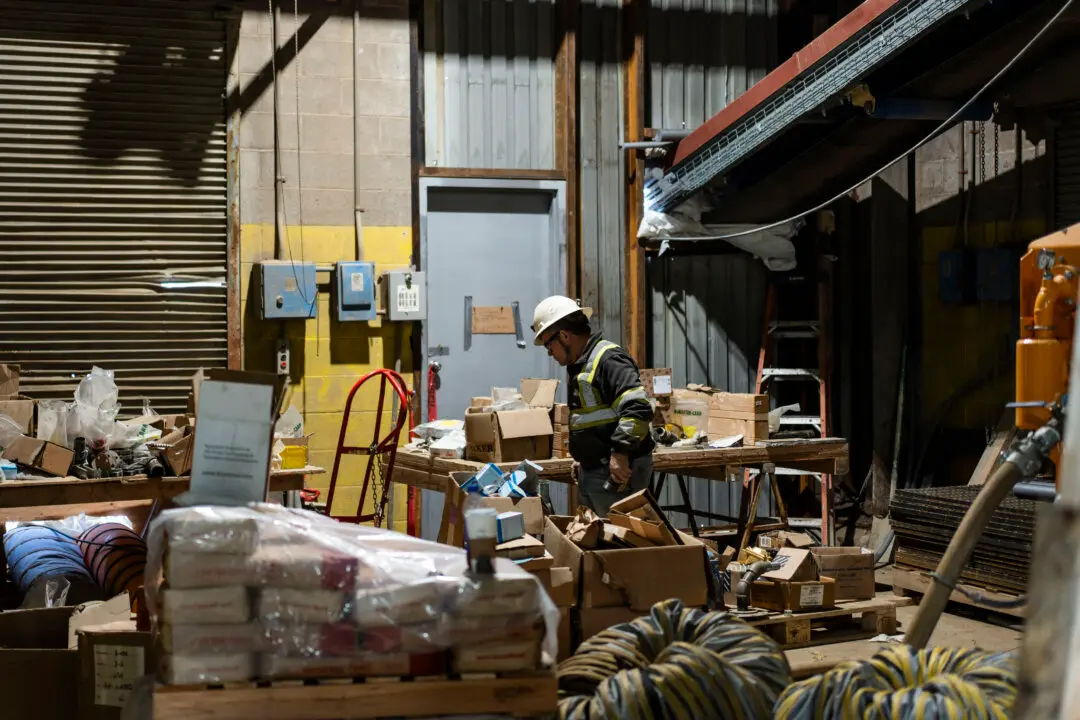New research on child gun deaths adds heart-wrenching evidence to the growing pile of data suggesting that COVID-19 lockdowns and other restrictions had a devastating impact on society, especially on its most vulnerable members—children.
The study, authored by researchers from Boston Children’s Hospital and published on Oct. 5 in a journal of the American Academy of Pediatrics, found that injury-related deaths among children rose sharply during the pandemic years 2020-2021.





